When Los Angeles artist Victor Raphael was a boy, he gazed at the biblical murals at Wilshire Boulevard Temple and pondered the divine. His cosmic musings, in the age of Apollo and Sputnik, led him to dream of becoming an astronaut. But when the need for eyeglasses made that dream impossible, he invented another way to visit the stars.
Raphael, now 49, set up his Polaroid camera in front of the TV, snapped pictures from NASA programs and embellished them with luminous paint and metallic leaf. The stunning series of novas and comets and eclipses, now on display at the Frederick R. Weisman Museum at Pepperdine University, reflects his Jewish awe of the infinite.
The pieces have names like “Double Moon Rise,” “Spiral Nebula,” and “Cosmic Explosion,” in which kinetic pink and gold asteroids appear to speed past the viewer. When Raphael transforms a Polaroid in his computer, the result is a large digital painting like “Binary Star” or “Space Field.”
With his new CD-ROM, “A Creative Journey,” viewers may click the mouse to become explorers within Raphael’s artwork. “It’s like you’re traveling in space,” says the mixed-media artist, who began utilizing Polaroids in the 1980s because they are “democratic” – accessible to everyone – and because they help him reveal the extraordinary in the commonplace.
A Sephardic Jew who curates the galleries at the University of Judaism, Raphael has produced work including “Aleph Bet,” a splash of Hebrew letters that looks like a constellation of stars. “The Three Triangles,” in which planet-like spheres vibrate amid a pulsating gold background, depicts the Kabbalistic diagram of divine attributes.
Raphael, who is also an art consultant to Sephardic Temple Tifereth Israel, says one of his priorities is promoting Jewish art in L.A. It’s easier now than it was a decade ago, when Jewish work was perceived as colloquial, he admits.
Exhibitions such as “Too Jewish” at the Hammer and the heavily Jewish-themed Lee Krasner retrospective at the L.A. County Museum have helped. “Multiculturalism has been good for everyone,” Raphael explains. “All ethnic artists are less in the closet.”
For information about the “Victor Raphael: Envisioning Space” retrospective at Pepperdine in Malibu, call (310) 456-4851.
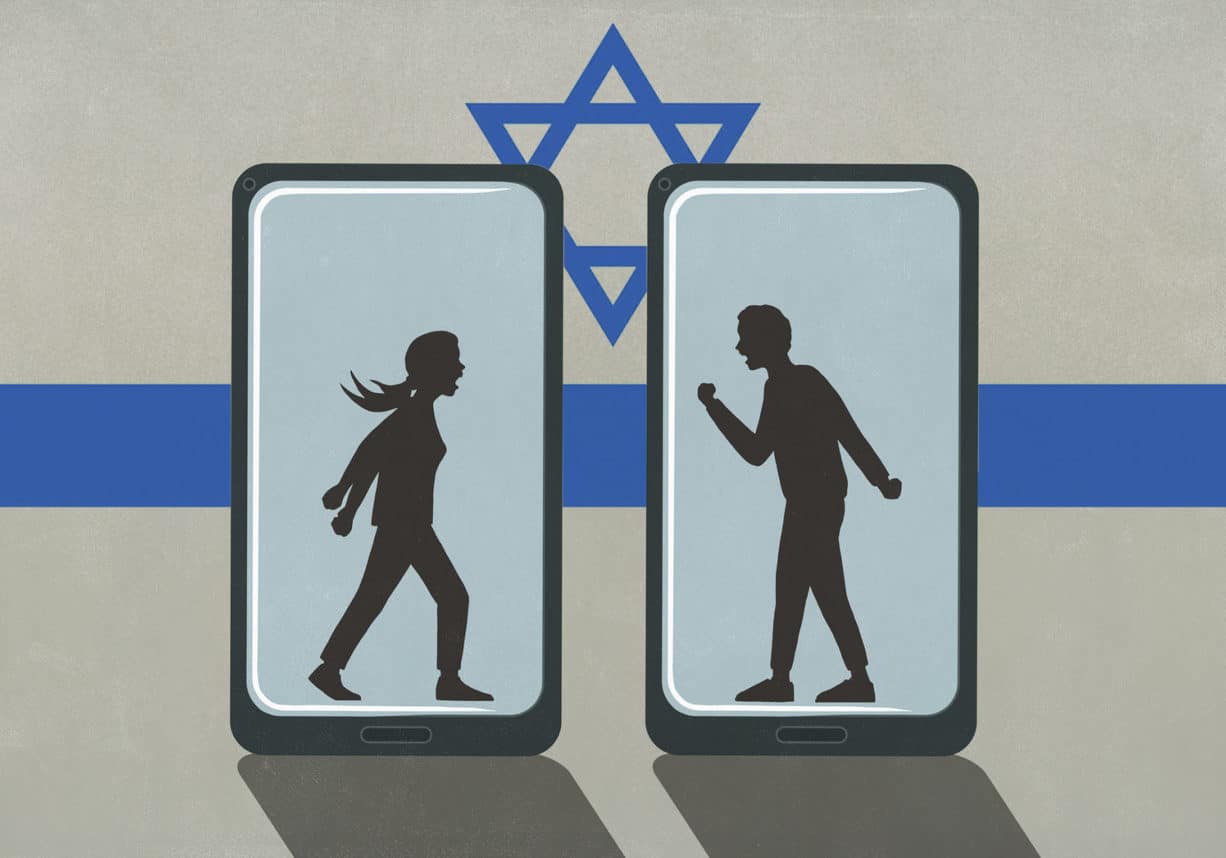
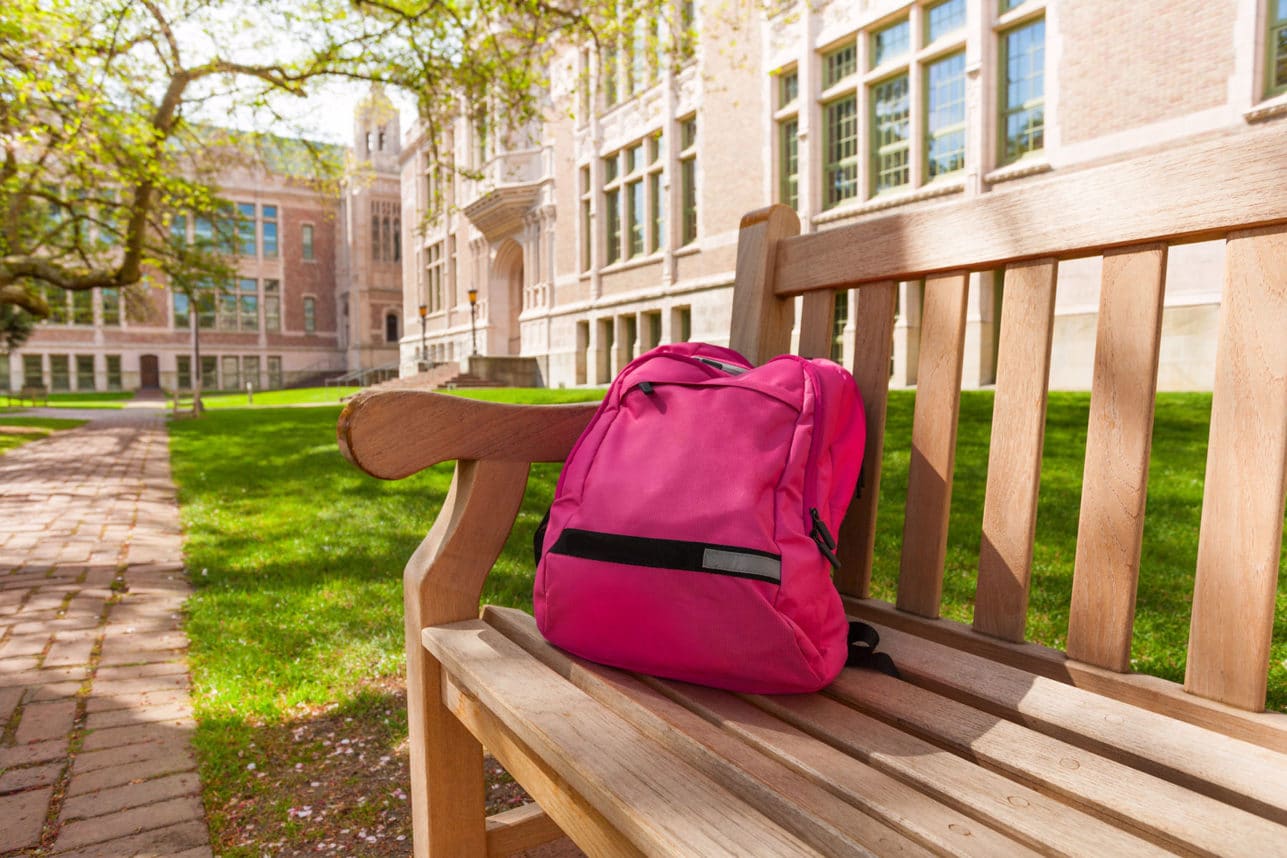
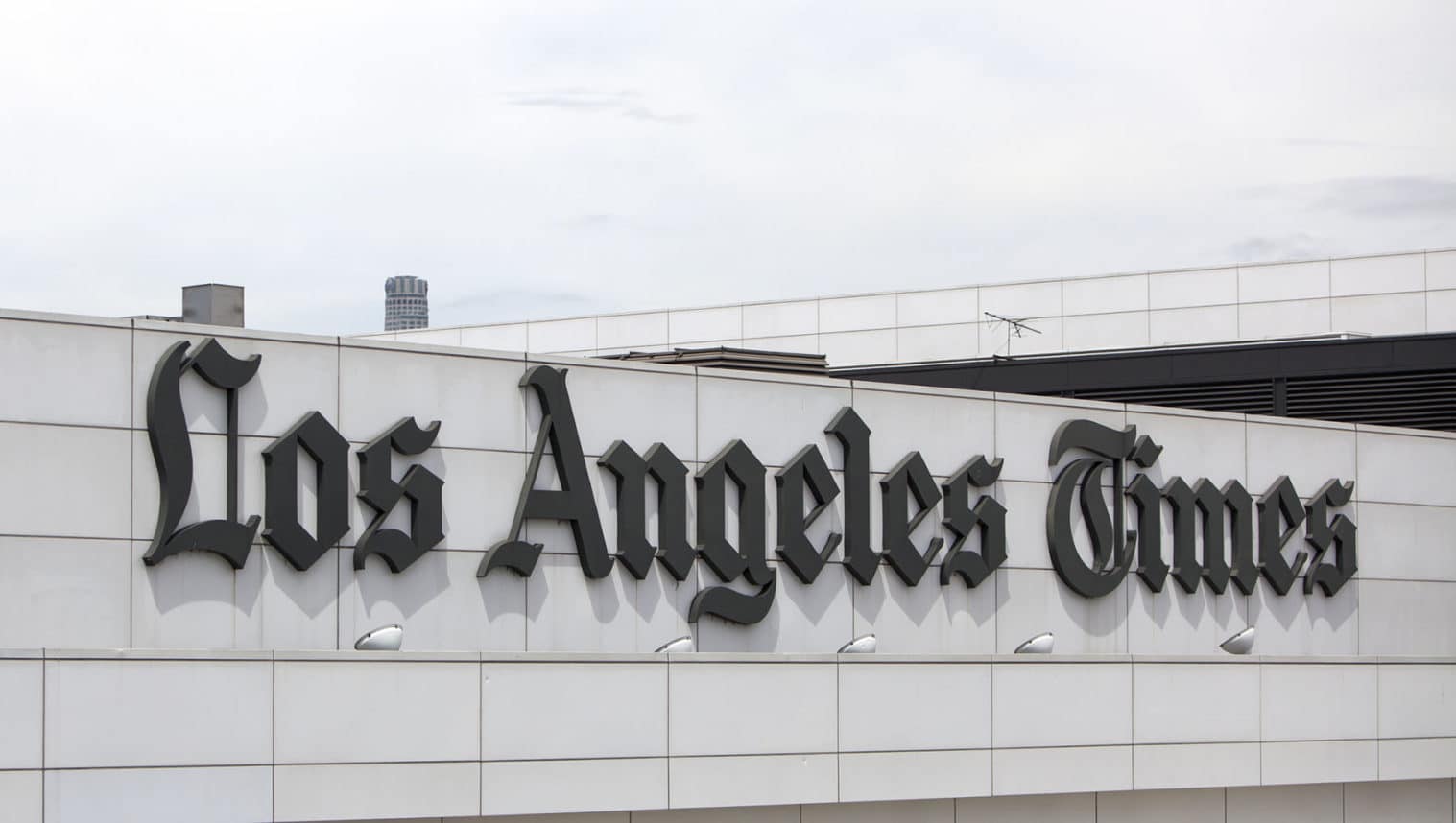
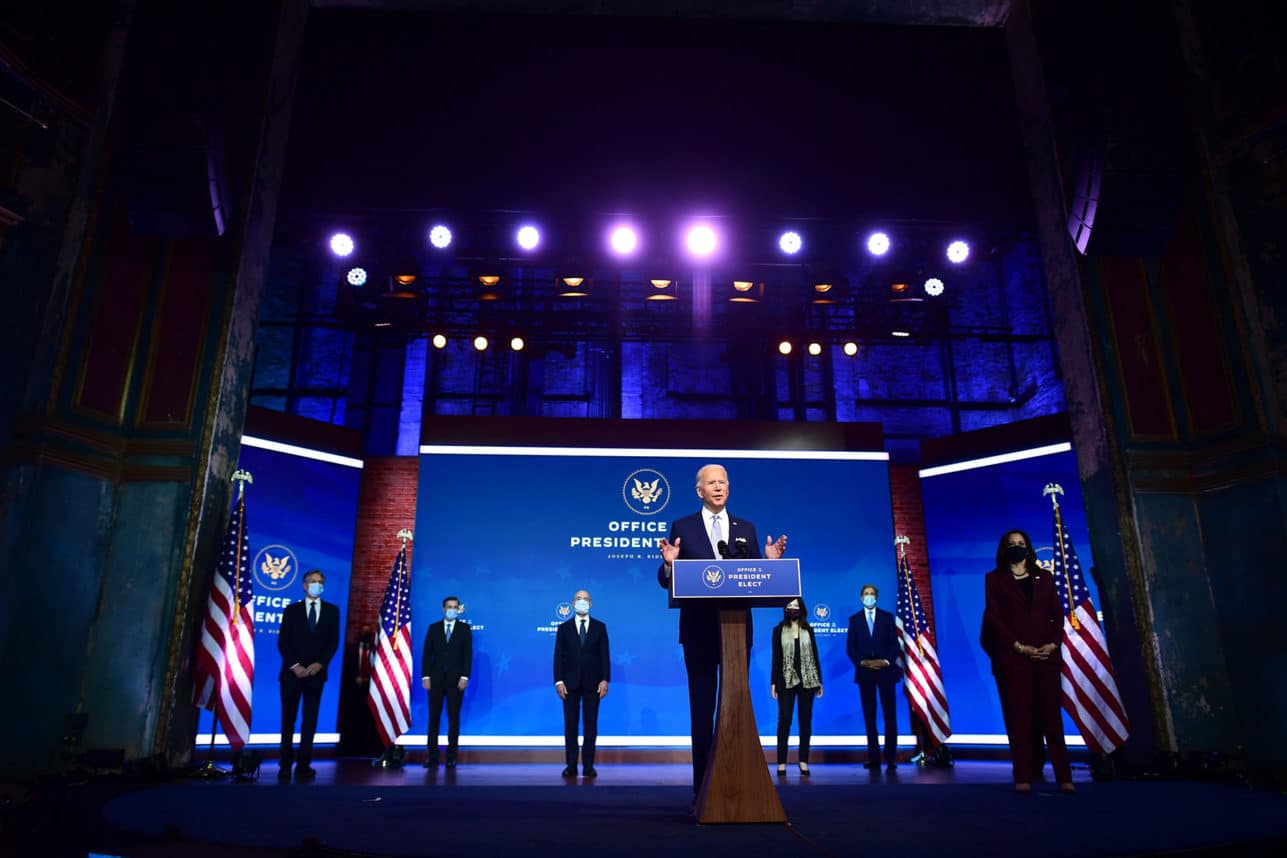
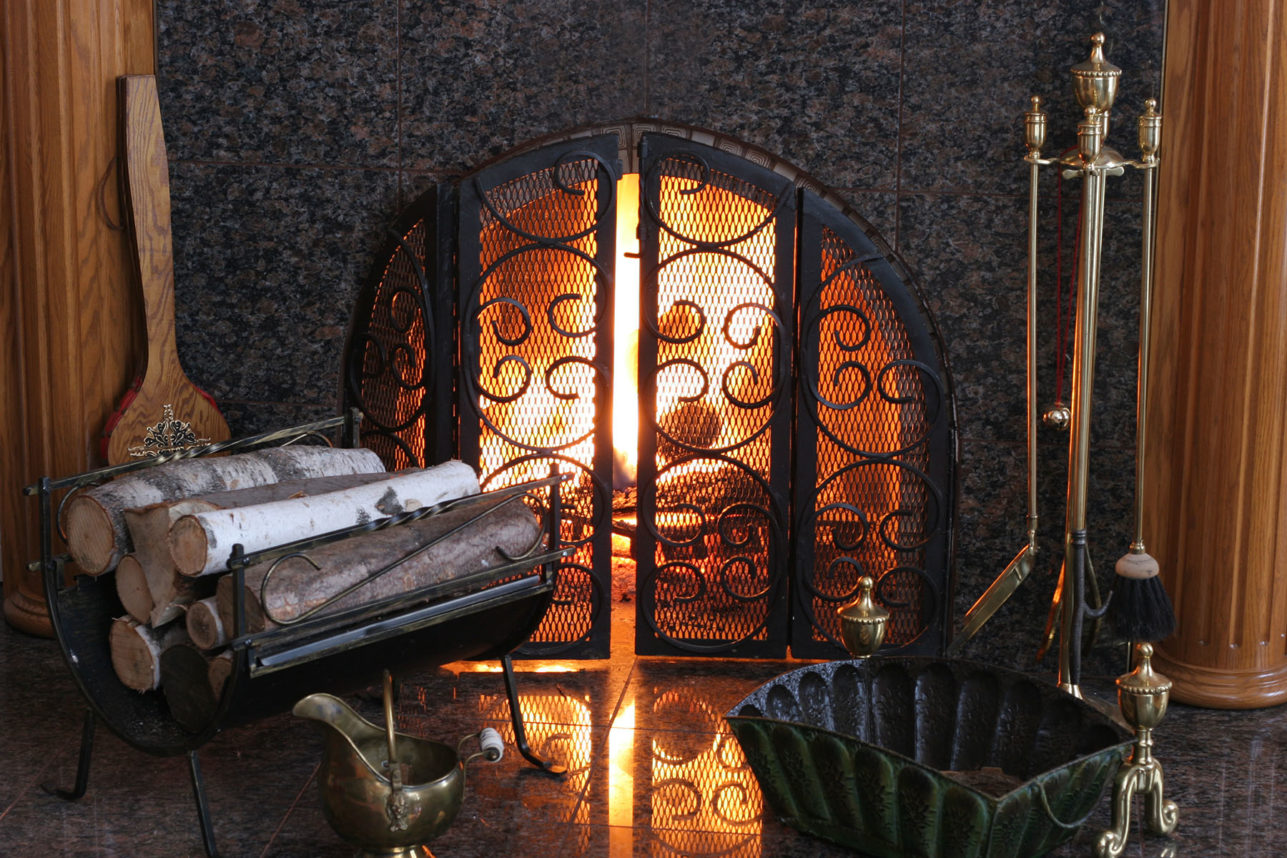
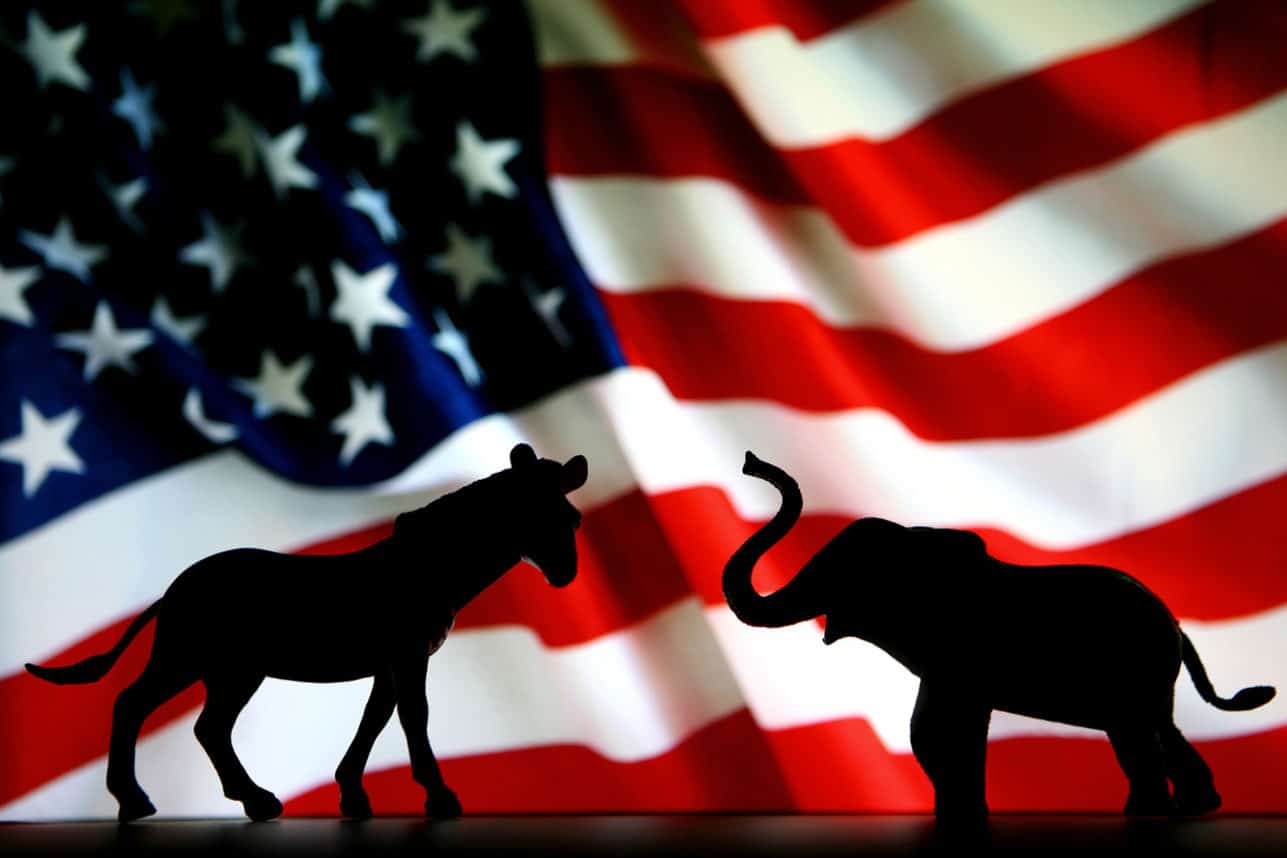

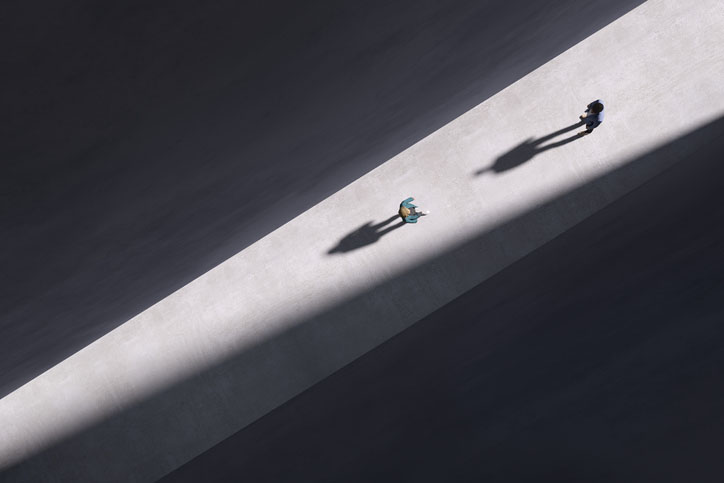

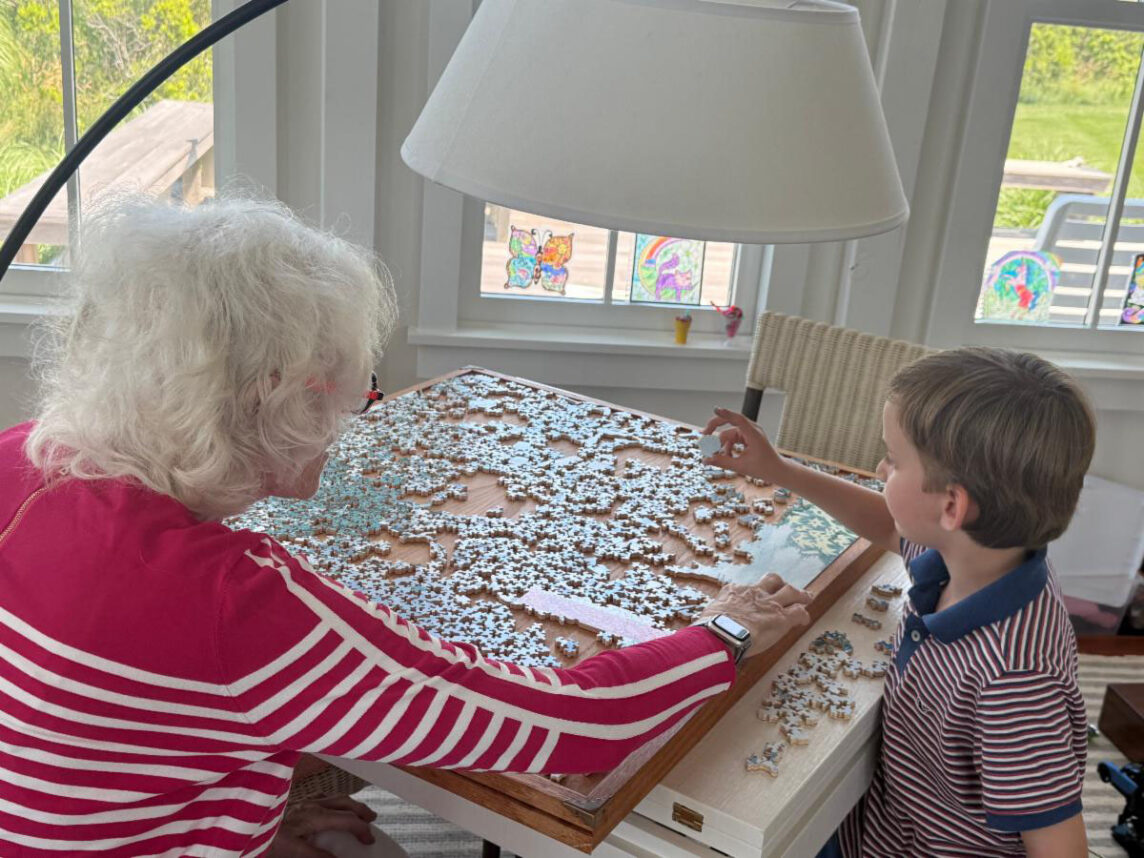

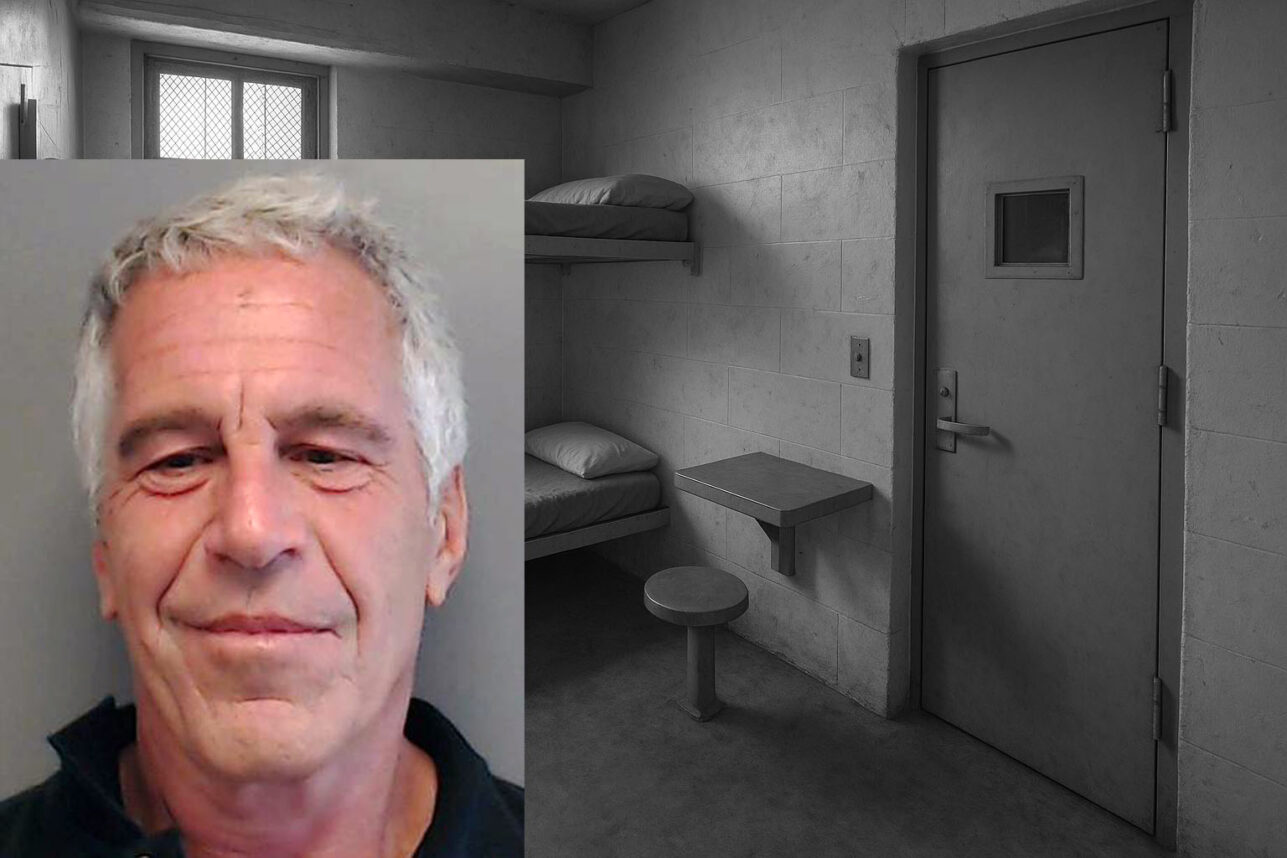
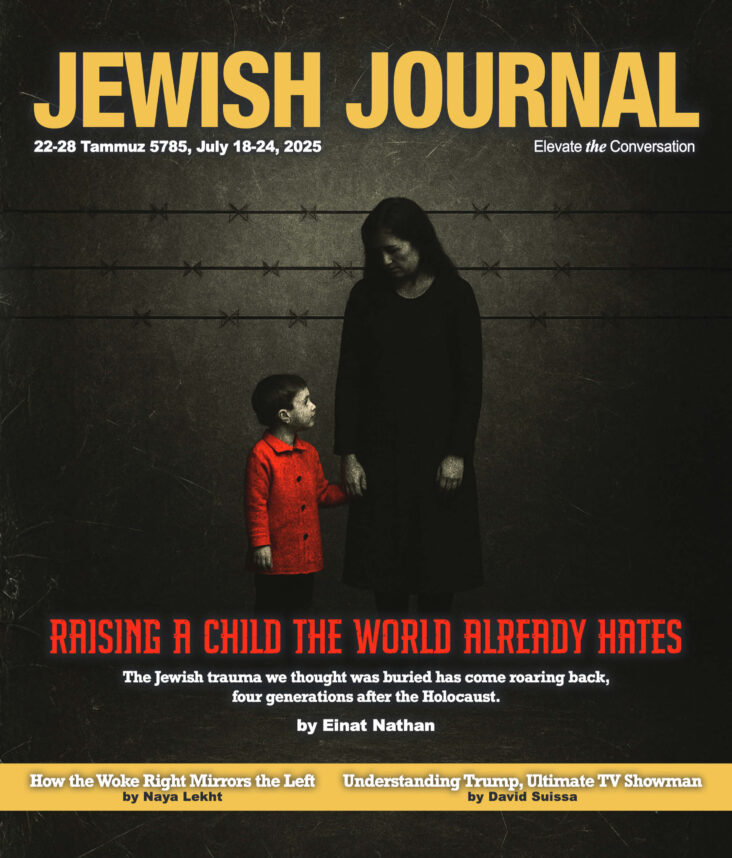
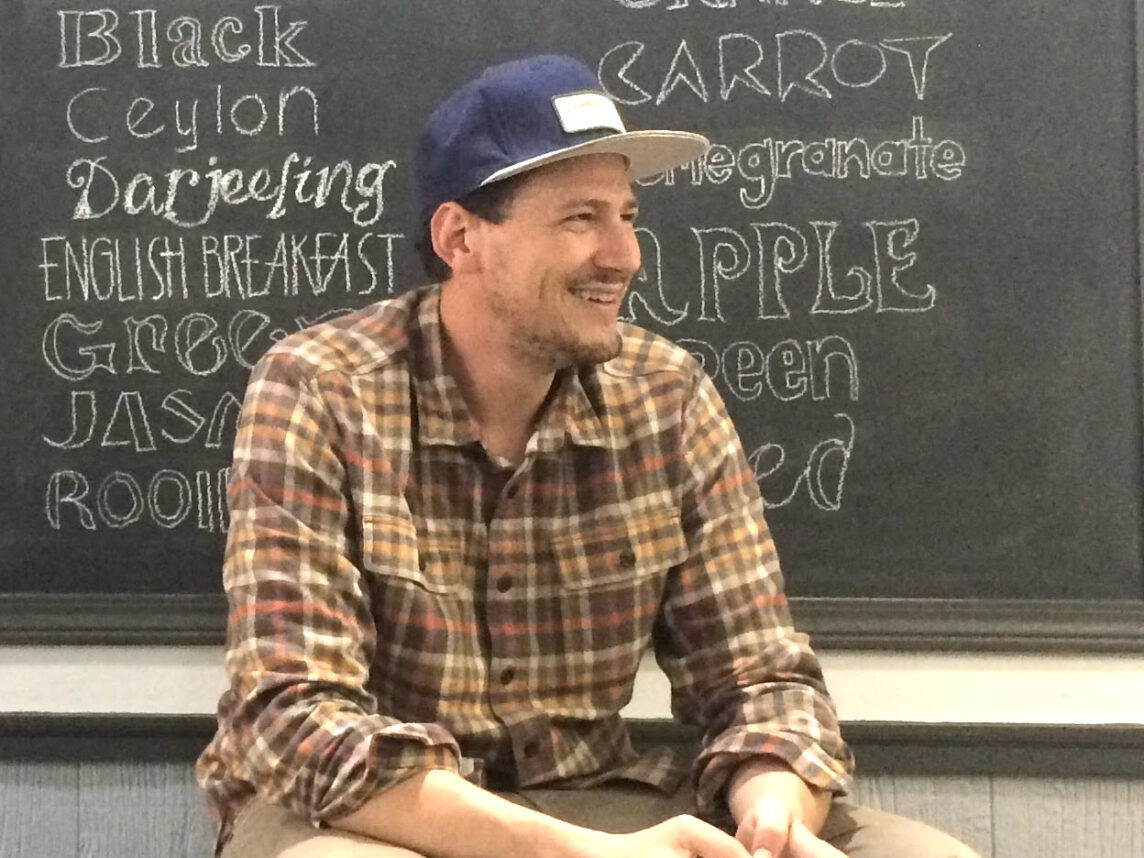
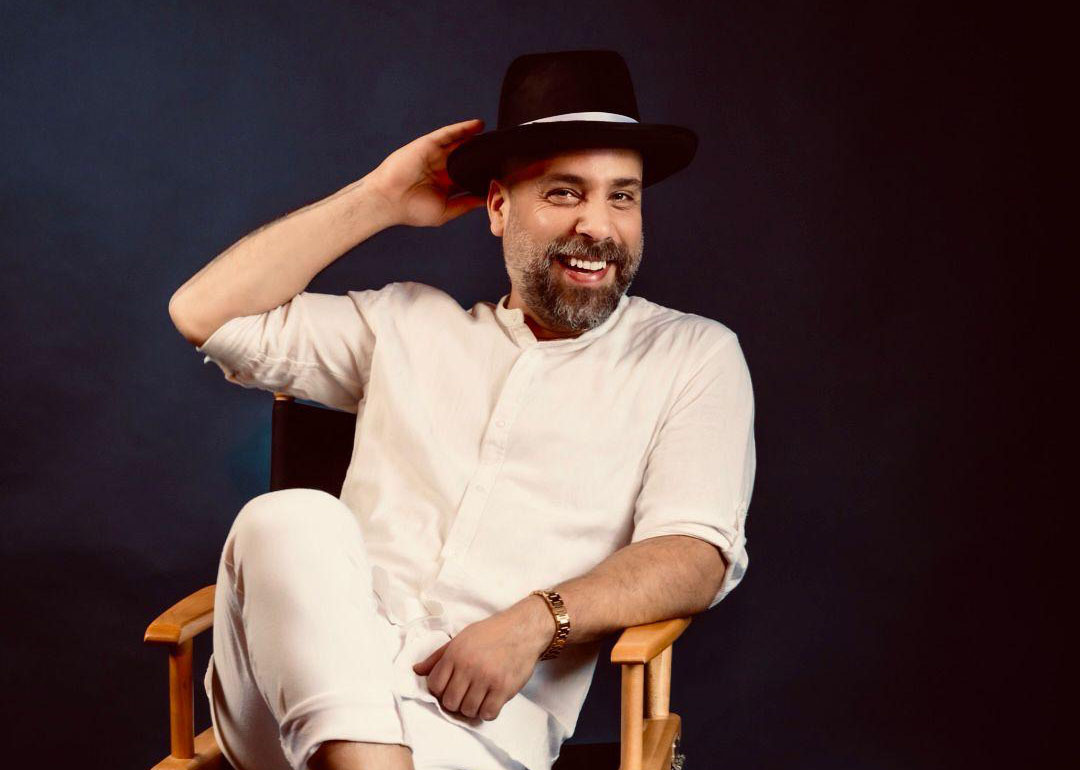
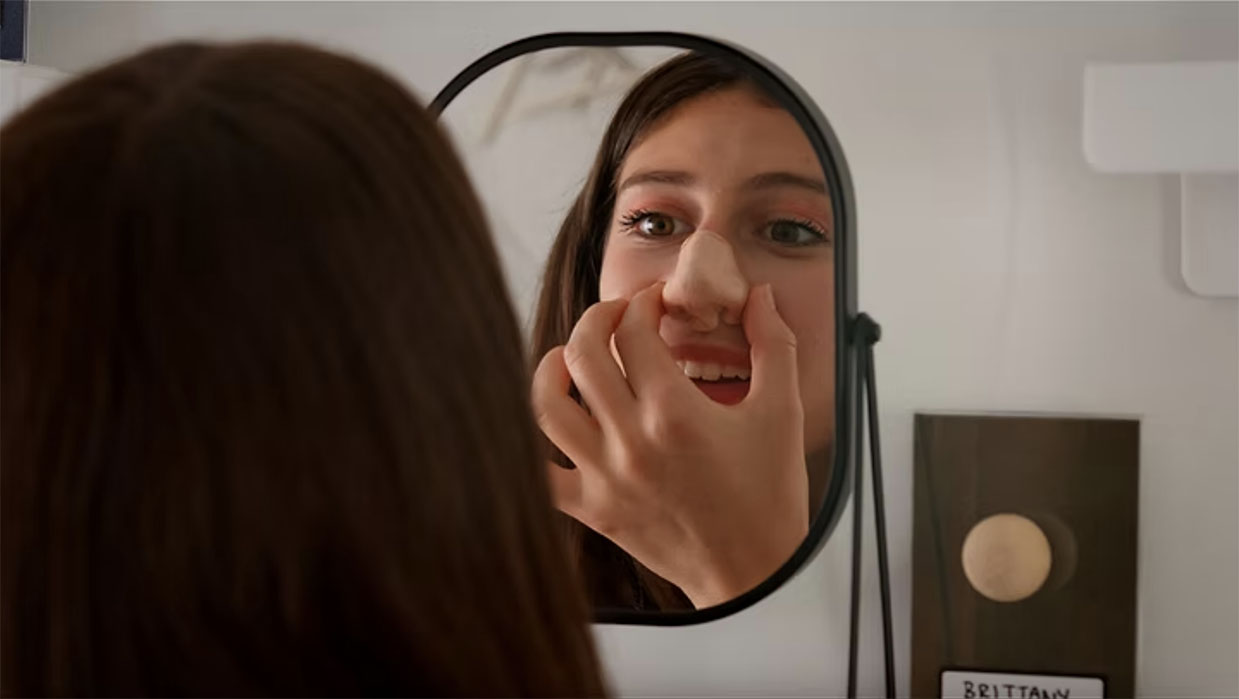
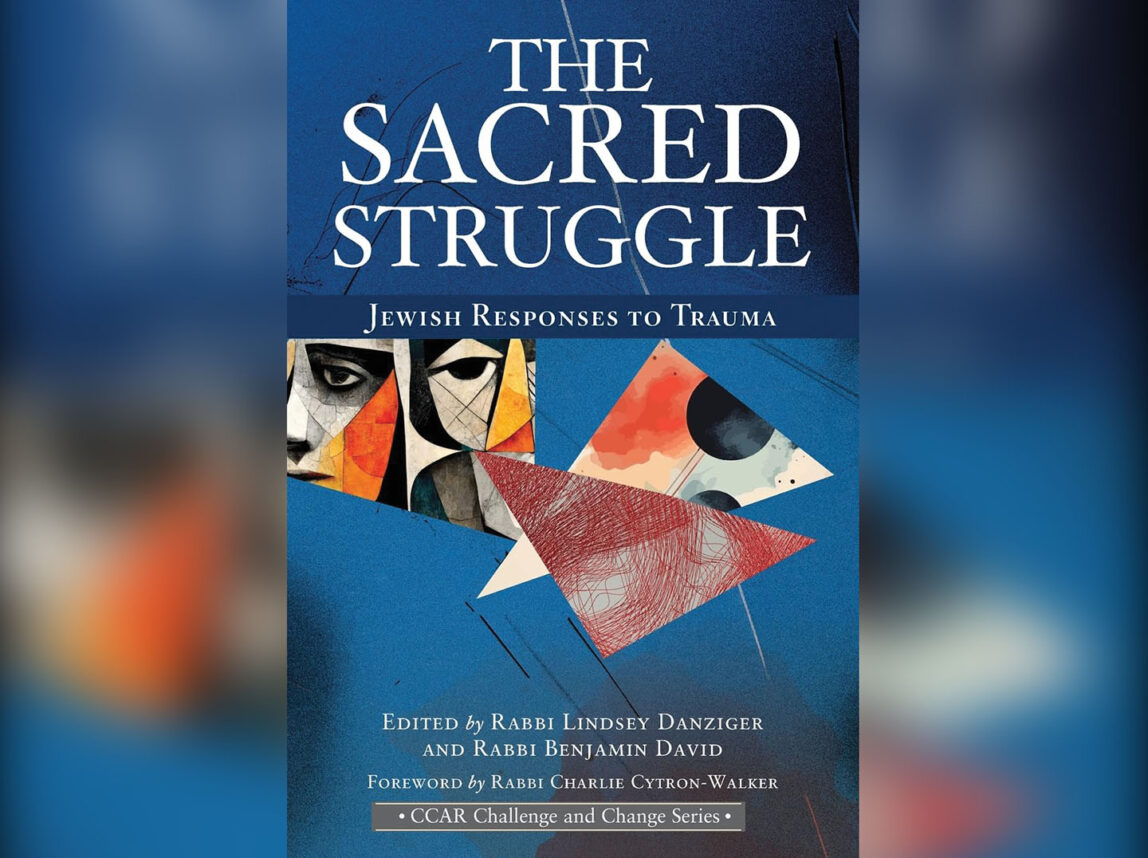
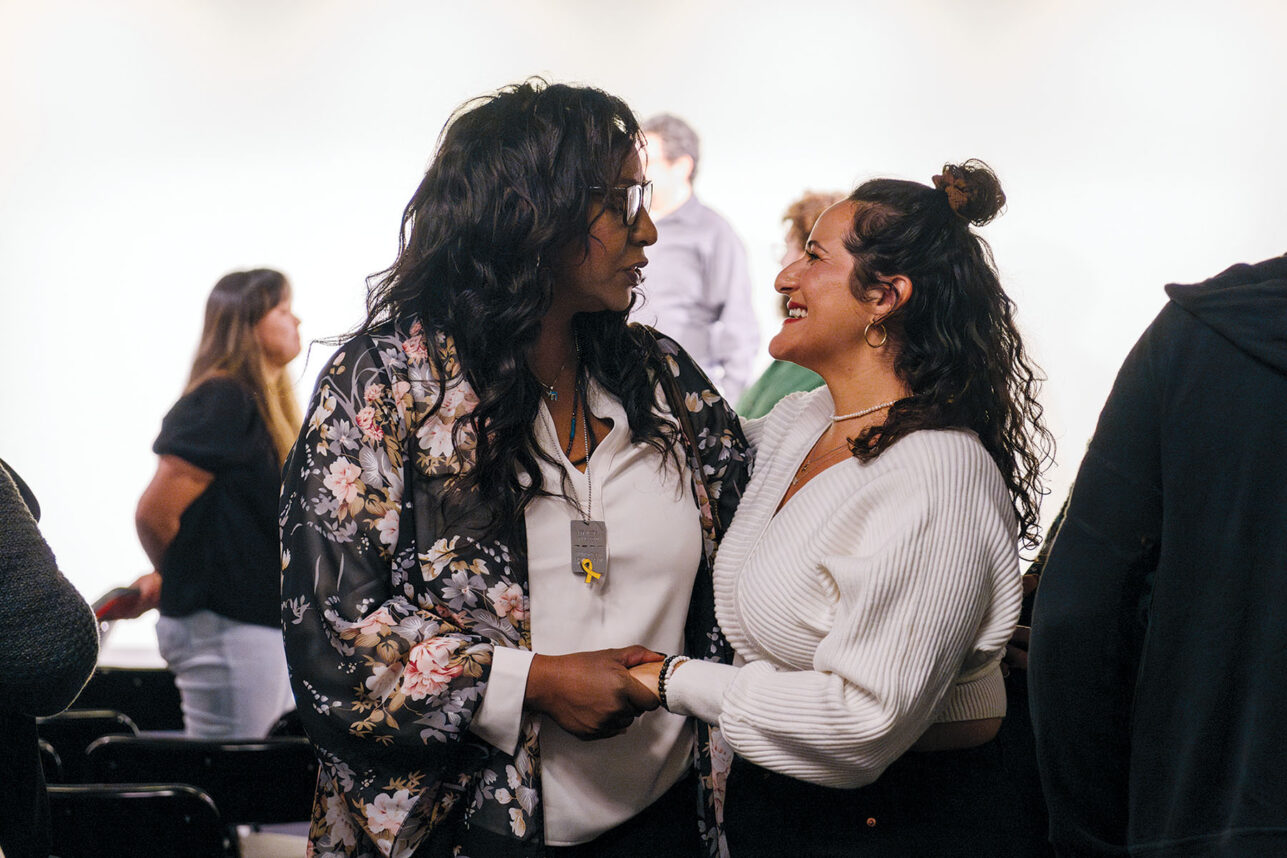

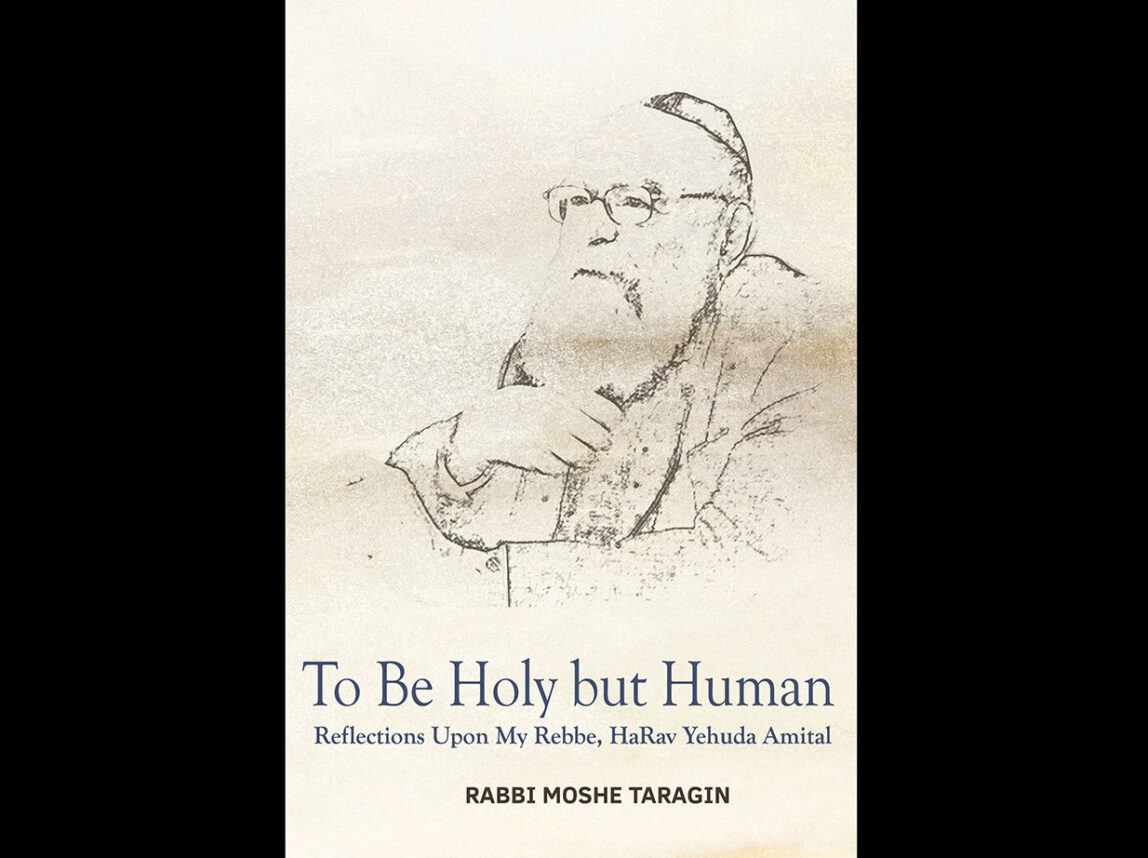
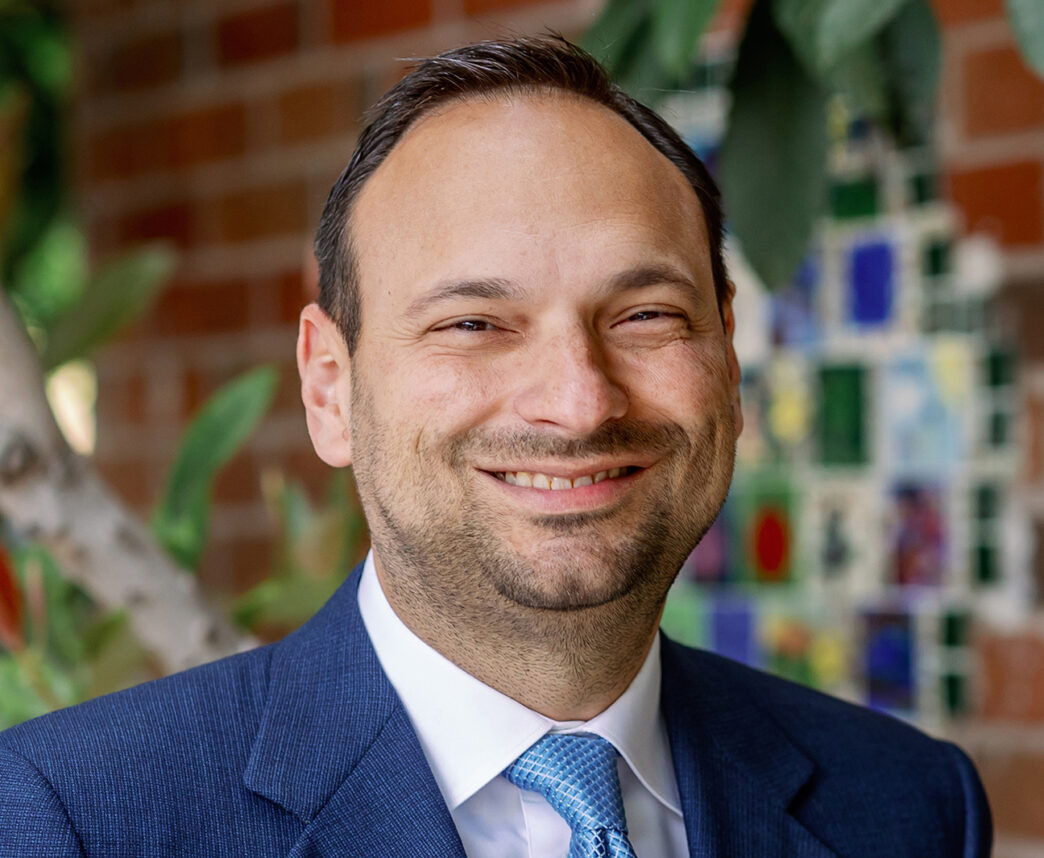


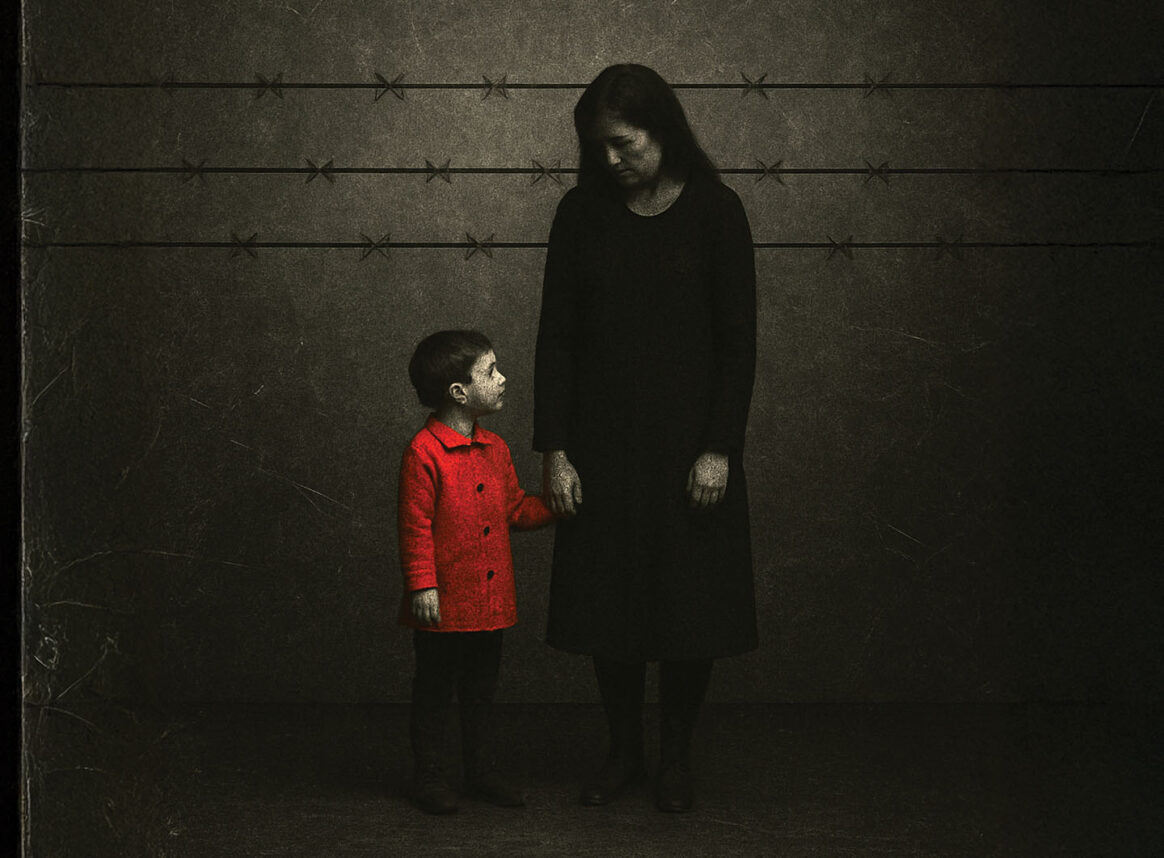

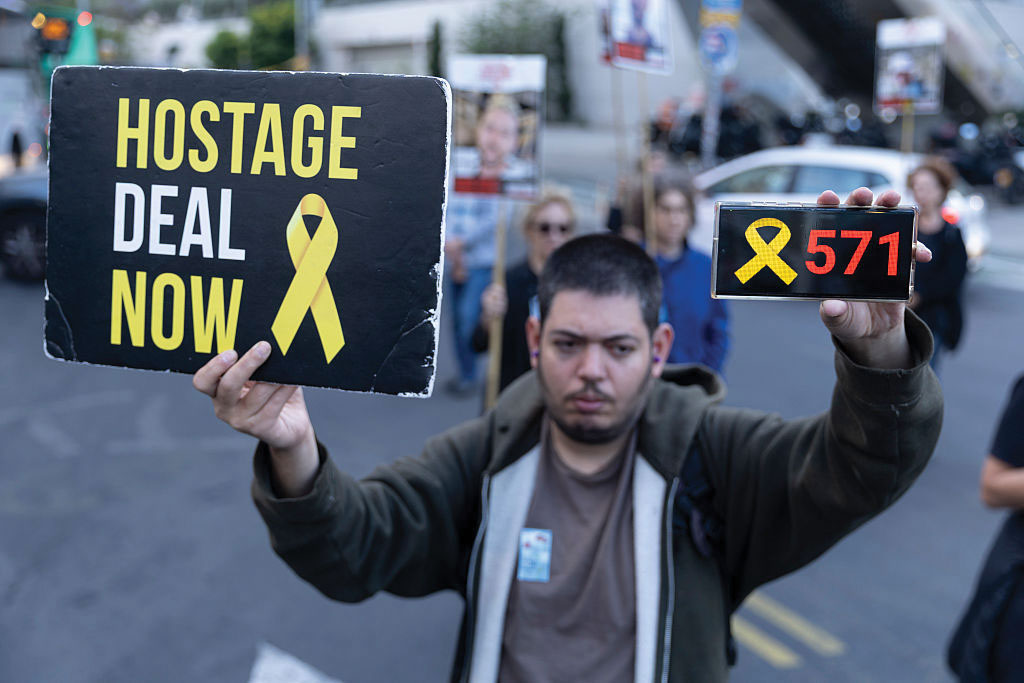
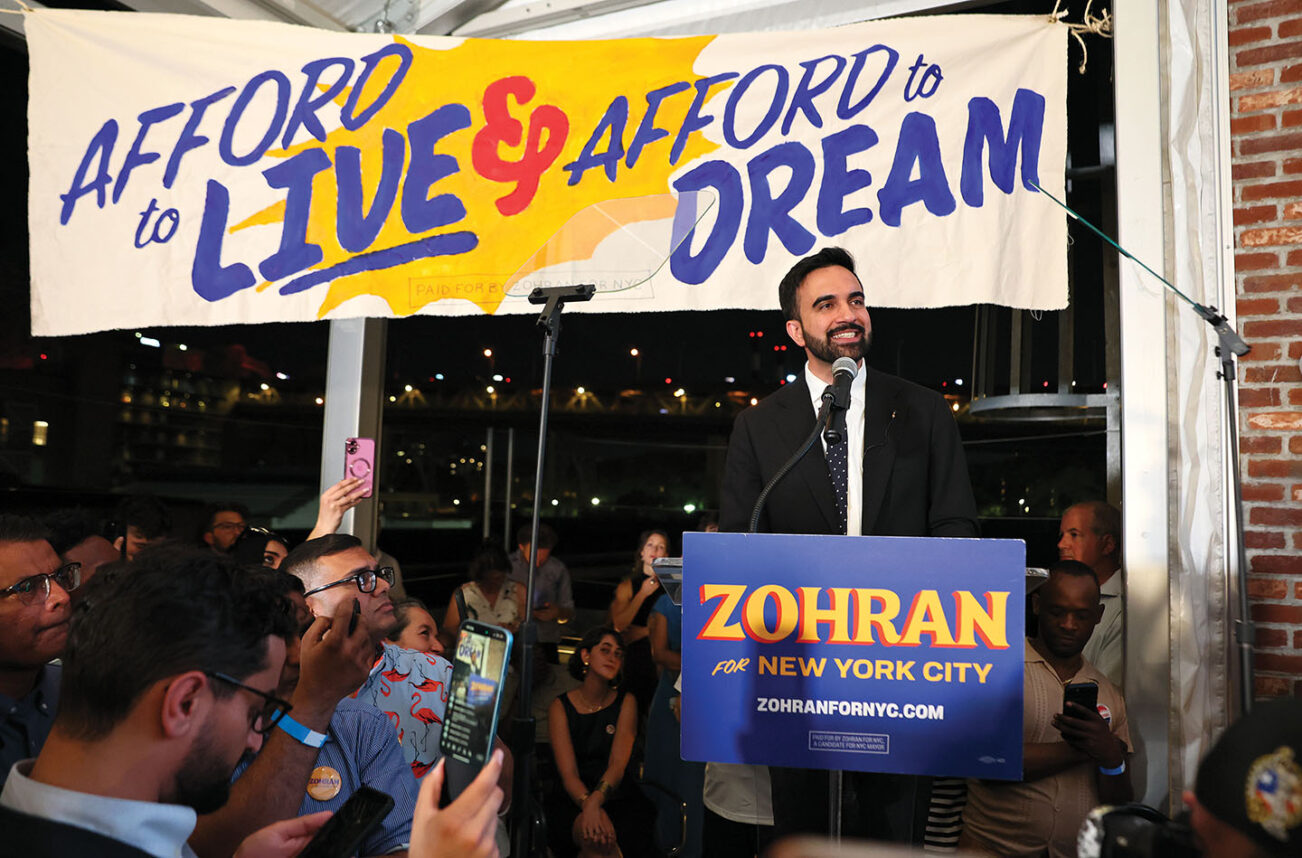

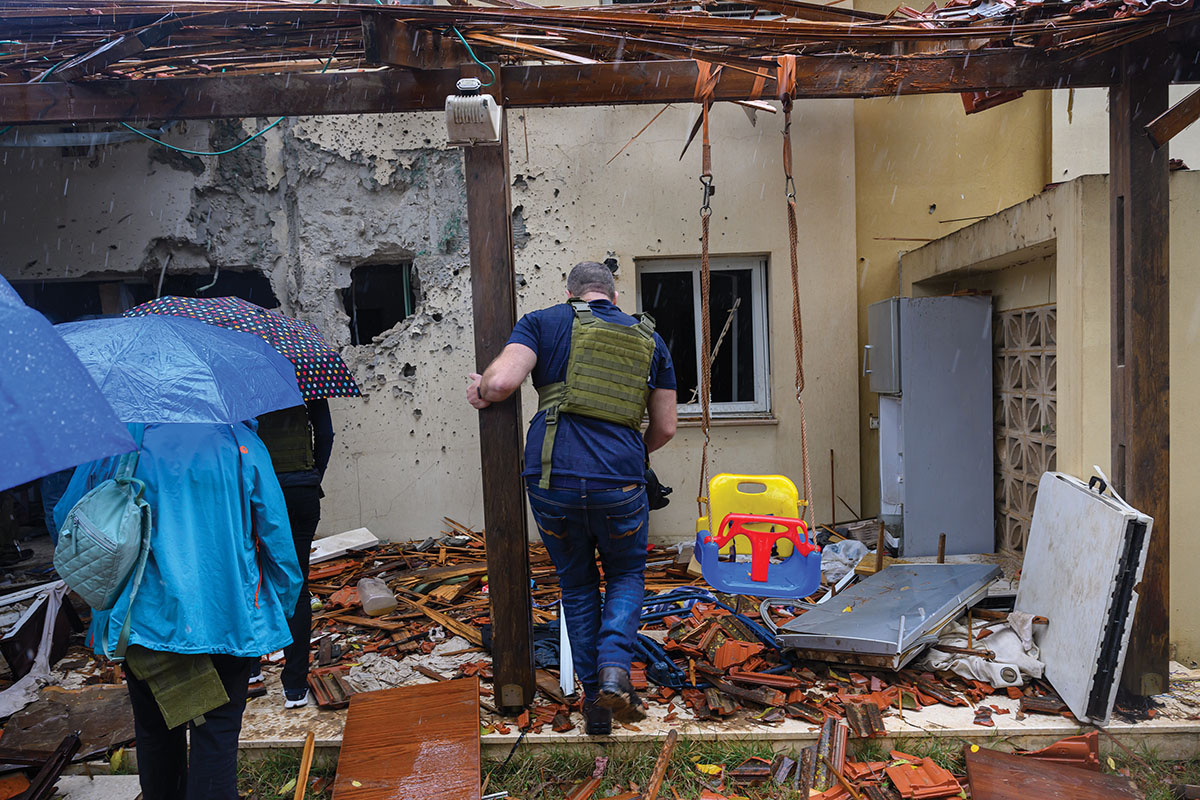

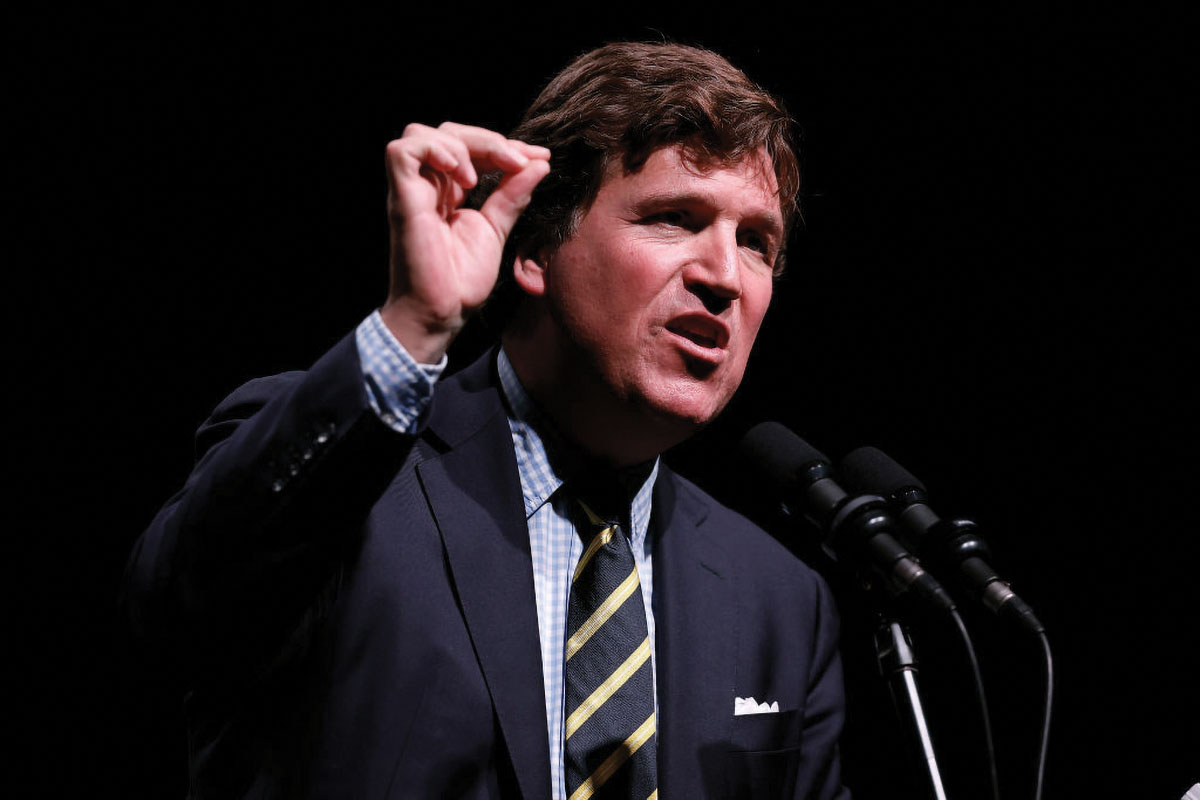


 More news and opinions than at a Shabbat dinner, right in your inbox.
More news and opinions than at a Shabbat dinner, right in your inbox.